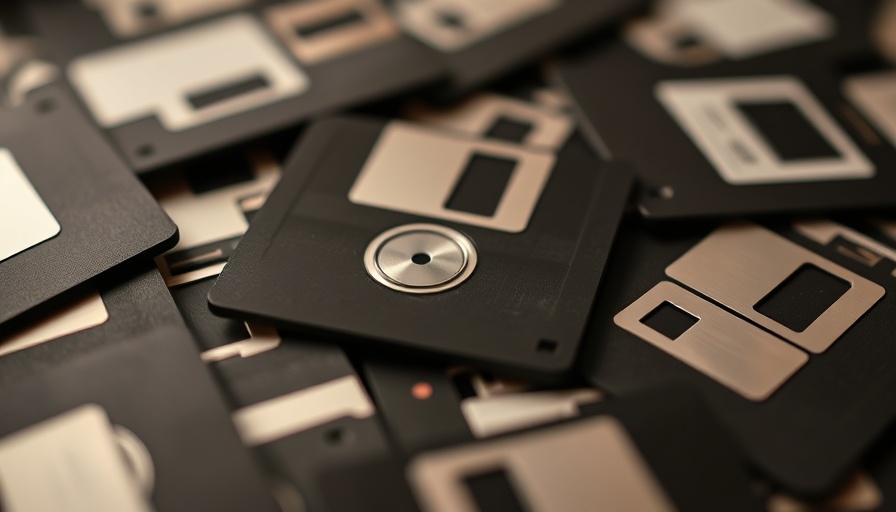
Reviving Old Tech: The Fascinating Journey of Building Floppy Disks
Floppy disks, once a ubiquitous component of computing, are often regarded as relics of the past. Officially rendered obsolete in 2010, these humble data storage devices lingered longer than expected in certain sectors. In fact, the Japanese government continued to utilize them until 2024, and the German Navy likewise followed suit. Even the last official use of 8-inch floppies for nuclear launch protocols in the United States concluded in 2019, with San Francisco finally phasing out floppy disks in 2024.
A Hands-On Tribute to Tech History
Amidst this backdrop, YouTuber polymatt embarked on a compelling project to recreate a floppy disk from scratch. Utilizing modern consumer-grade tools and equipment demonstrated how enthusiasm for hands-on engineering can breathe new life into an outdated technology. Polymatt meticulously measured and modeled the disk’s components using Shapr3D, before cutting aluminum parts with precision via a Carvera Air CNC machine. His project reflects the spirit of DIY innovation alive and well in today’s tech-savvy landscape.
The Process of Reinventing Storage Technology
To recreate the magnetic disk itself, polymatt laser-cut PET film and coated it with iron oxide powder, echoing the fundamentals of how floppy disks originally operated. This unique project culminated in a functioning storage medium, capable of storing basic data—a feat that showcases both dedication and skill. Although the data capabilities were rudimentary, the accomplishment is significant, especially for those who appreciate the nostalgia surrounding floppy disks. This hands-on project not only highlights the creative potential of DIY initiatives but also serves as a reminder of the evolution of technology.
From Floppies to Flash: The Evolution of Storage Devices
Today's storage options, from SSDs offering immense space and rapid access speeds to cloud services allowing data access from anywhere, render floppy disks obsolete. A single modern SSD can accommodate millions of times more data compared to the floppy and perform at speeds that make the older technology seem painfully slow. As we modernize our tools and storage capabilities in homes—especially smart and connected homes designed for sustainable living—it's fascinating to reflect on how far we've come.
Why This Journey Matters to Today’s Homeowners
For young homeowners in London, particularly those who are passionate about home improvement and DIY projects, polymatt’s journey is not merely about nostalgia. It embodies a larger narrative of innovation and adaptability. In an era where climate concerns guide many home improvement choices, creating something usable from scratch champions sustainable living principles. It also urges us to think creatively about the tech we commonly discard. In our smart homes, every gadget tells a story, and integrating these old tech elements can add character to modern living spaces.
Conclusion: Embracing Both the Old and the New
Building a floppy disk in 2025 isn’t just a technical endeavour; it's a heartwarming project that pays homage to the artifacts of our digital heritage. It reminds us that every technological leap comes with its share of history. So, as you engage in improving or renovating your smart and connected home, think of ways you can introduce elements that pay tribute to the past while embracing the future.
If you’re intrigued by technology and sustainability, stay curious and continue to explore the charming intersection of past innovation and present functionality. Whether you’re exploring DIY tech projects or simply enjoying the ease of modern home technology, remember that each piece of tech contributes to our story.
 Add Row
Add Row  Add
Add 




Write A Comment